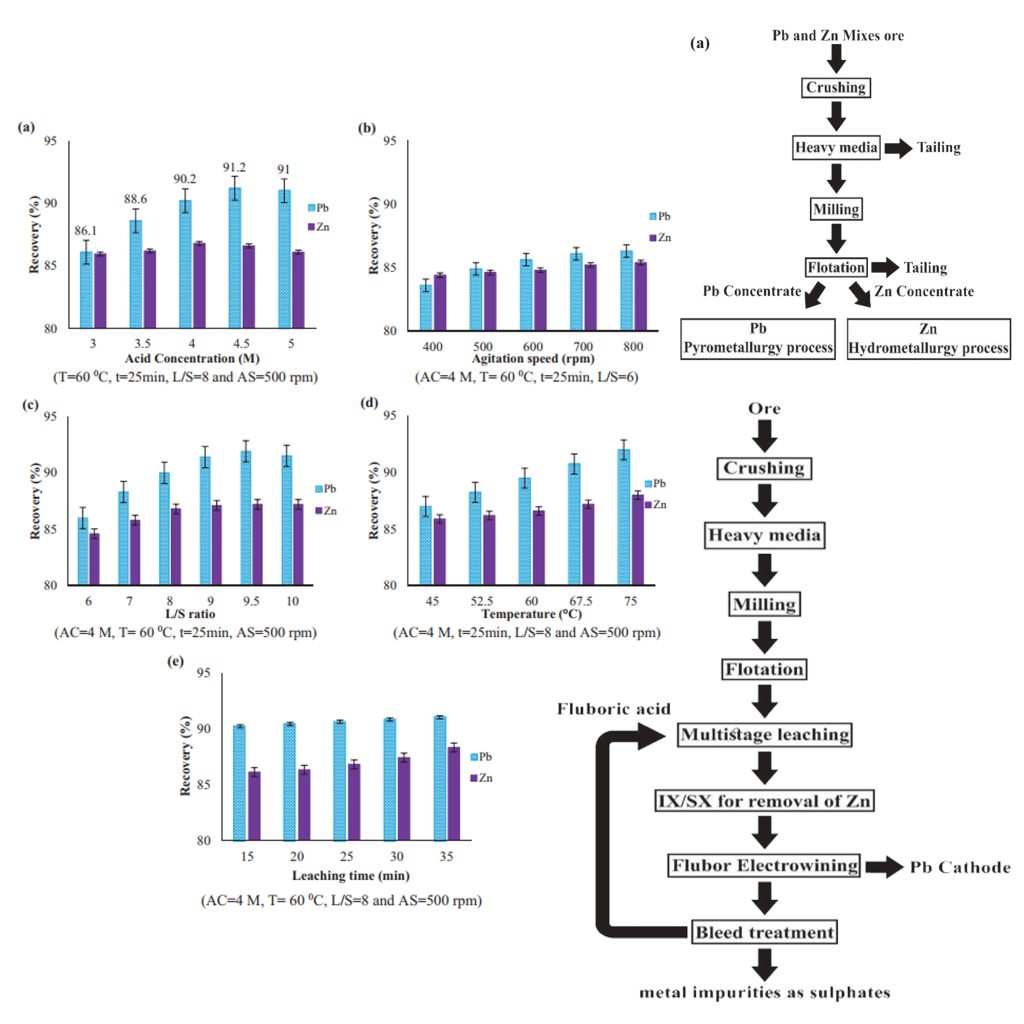- Azimi S, Abolhasani A, Moosavi SM, Vanaei F, Jafari A, Samimi-Sohrforozani E, Rayati MT, Noori E, Rafiee E, Javadi A, Abolhasani MM. Development of a Vehicle Passage Sensor Based on a PVDF Nanogenerator. ACS Applied Electronic Materials. 2021 Oct 18; 3(11): 4689-98.
Abstract: Vehicle passage sensors provide important information for the traffic monitoring system. Despite missing a large amount of passing vehicle data, inductive loop sensors are one of the most commonly used detectors. Here, we introduce a sensor based on piezoelectric poly(vinylidene fluoride) (PVDF) composite fibers through which vehicle passage can be precisely identified. Loaded with 3 wt % of a TiO2−ZnO hybrid filler, the PVDF composite fibers benefit from the high β-phase crystallinity of 92%, demonstrating a 13-fold increase in the generated voltage compared to the pristine PVDF fiber. On the basis of a corresponding piezoelectric nanogenerator (PNG) coupled with a circuit and a microcontroller, we have developed a sensor for vehicle passage monitoring. The designed sensor that has been installed on a speed bump successfully detects the passing vehicle tires, presenting a significant step toward traffic monitoring.

- Sobouti A, Rezai B, Rayati MT, Hoseinian FS. Recovery Prediction of Zn and Pb from Cerussite Leaching using Fluoroboric acid by Gene Expression Programming. Separation Science and Technology. 2019 Dec 24; 56(1): 194-202.

Abstract: Predicting the recoveries of lead and zinc during the leaching process is necessary to evaluate the effect of various parameters on the process efficiency which is possible using appropriate modeling and simulation. Firstly, the dissolution of lead and zinc using fluoroboric acid from cerussite concentrate by hydrometallurgical method was evaluated in order to reduce the disadvantages of the pyrometallurgical methods. Then, new predictive models based on gene expression programming (GEP) were developed to predict the recoveries of lead and zinc. The results indicate the sufficiency of the GEP models in predicting the recoveries of lead and zinc during the process.
- Azimi S, Janqamsari A, Jafari AH, Rayati MT, Noori E, Rafiee E, Abolhasani MM, Wireless piezoelectric system based on PVDF composite fibers for fall-alert detection (under review by the Materials Today Communications journal).
Title: PVDF Composite Fibers for Wireless Fall-Alert Detection
Abstract: As the demand for healthcare devices continues to rise, novel technologies centered around personalized motion monitoring systems are surfacing, wherein wearable sensors play a pivotal role. In the present investigation, an innovative wireless apparatus for detecting falls has been introduced, which encompasses a specifically engineered pressure sensor constituted of poly vinylidene fluoride (PVDF) composite fibers. Our design consists of high β-phase content of electrospun composites including 0.1 wt% of zinc oxide/reduced graphene oxide (ZnO/rGO) hybrid (mass ratio 90/10) which shows enhanced electrical voltage of 11.36 ± 0.72 V compared to pristine PVDF fiber. This piezoelectric pressure sensor is integrated with a wireless embedded system capable of transmitting an “SOS” message to a mobile phone upon fall experience of the user. Such wearable fall alert detection system with improved characteristics could benefit elderly and patients needing continuous monitoring for possible falls.

